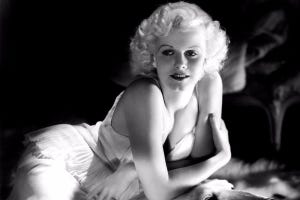Platinum Blonde | Horny on Main
Identifying a modern figure who evokes the painstakingly specific appeal of Jean Harlow grows increasingly difficult as time passes. In a 2001 New York Times piece, Molly Haskell lamented this, “you’d be hard put to find movies in which sleaze and turpitude pay off as handsomely as they do in ”Red-Headed Woman” and ”Baby Face.’” T…
Keep reading with a 7-day free trial
Subscribe to Cinema Year Zero to keep reading this post and get 7 days of free access to the full post archives.





